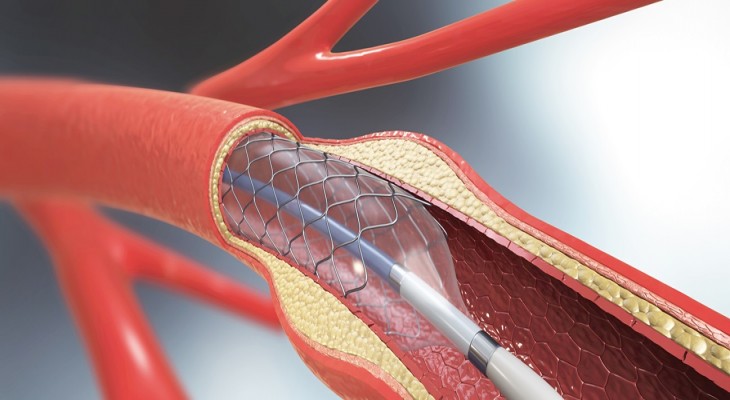Coronary Angioplasty and Stenting
What is Coronary Angioplasty?
Also known as percutaneous coronary intervention, coronary angioplasty is a medical procedure is a medical procedure done to open the clogged arteries of the heart. This procedure uses a tiny balloon catheter that helps in widening and improving the blood flow after getting inserted into the blocked vessel. This procedure involves the placement of a small wire mesh tube that is known as stent. This stent helps to open the artery and decrease the chances of narrowing again. This treatment helps in improving the blocked artery symptoms such as shortness of breath and chest pain.
Why is stenting needed?
Angioplasty and stenting is often recommended by doctors in the following cases:
- Treatment of the blockages shown in the angiogram
- Help in improving symptoms like breathlessness and chest pain that are indicative of coronary artery disease
- Reducing the amount of damage caused to the heart muscle
What are the risks associated with coronary angioplasty and stenting?
This is a very less invasive way of treating coronary disease, it still carries some amount of risk. Some of the common risks associated with this are as follows:
- Re-narrowing of the treated artery even after angioplasty and stenting. This happens mainly when bare-metal stents are used.
- Formation of blood clots within the stents after the procedure which can even cause a heart attack. In order to reduce this occurrence, certain medications may be prescribed by your doctor
- Bleeding in the leg or arm where the catheter was inserted
Other serious though rare complications that arise are:
- Arrhythmias
- Coronary artery damage
- Heart attack
- Strokes
- Kidney problems
How to prepare for the stenting and coronary angioplasty?
In order to prepare for the procedure, the following are the steps that need to be taken:
- Blood tests before the procedure
- Planning for your transportation when coming back after the procedure
- Checking with doctor regarding ususal medications
- Avoid smoking, alcohol as well as eating at least six hours before the beginning of the procedure
- No drinking of any clear fluids two hours before angioplasty
- Removal of all jewelry, dentures or makeup on admittance in the hospital
What happens during angioplasty and stenting?
During this procedure the cardiac surgeon will be following these steps:
- The groin area will be shaved
- Local anesthetic will be administered
- A guide wire will be inserted into an artery from wrist or groin
- A dye would be injected into the coronary arteries
- X-ray pictures will be taken
- A catheter with a tiny balloon attached to its end will be pushed inside
- This balloon will be inflated and deflated several times
- A stent will be inserted and the tiny balloon will expand the mesh so as to open the artery
- Deflation of the balloon and removal of the catheter
After the procedure is done, you may have some bruising at the procedure site that will go away within two weeks. Your cardiac surgeon will monitor you overnight and suggest best suitable treatment plan for you on discharge.





